This article was medically reviewed by Erik Kramer, DO, MPH and by wikiHow staff writer, Amy Bobinger. Dr. Erik Kramer is a Board-Certified Primary Care Physician at the University of Colorado. With over 15 years of experience, his clinical interests include obesity and weight management, diabetes care, and preventive care, as well as embracing a holistic approach to primary care. He received his Doctorate in Osteopathic Medicine (D.O.) from the Touro University Nevada College of Osteopathic Medicine and completed his residency at Central Maine Medical Center. Dr. Kramer is a Diplomate of the American Board of Obesity Medicine.
There are 14 references cited in this article, which can be found at the bottom of the page.
This article has been viewed 33,258 times.
Your bicep tendon is a thick cord that connects your biceps muscle to your shoulder and elbow. An injury to this tendon, known as bicep tendonitis, can cause pain in your shoulder or elbow area, and a torn tendon might cause painful swelling in your forearm, known as a Popeye sign. This injury is often caused by repetitive motions over time, so it's commonly seen in people who participate in sports like swimming, baseball, and tennis.[1] Fortunately, you can typically treat a bicep tendon injury at home with rest, ice, and anti-inflammatories. However, for a nagging injury or severe pain, it's best to see your doctor. You may also want to see an orthopedic specialist in severe cases, such as if the tendon has ruptured.
Steps
Treating the Injury at Home
-
1Rest the affected area as much as possible for 2-3 days. If you have a strained bicep tendon, it's important not to aggravate the injury any further. Spend 2-3 days resting your arm and shoulder as much as you can, and especially avoid the sport or activity that contributed to the injury in the first place.[2]
- You don't have to go on total bedrest while you're dealing with this injury, but try to avoid anything that requires you to use that arm for a few days. If your work requires you to lift anything over 5 lb (2.3 kg), or you participate in an activity that will aggravate the injury, you may need to take a couple of days off.
-
2Apply ice to the injury for 10-20 minutes, 3 times a day, for the first 3 days. While you're dealing with pain from an inflamed bicep tendon, fill an ice pack with ice and hold it against the area that's hurting for up to 20 minutes. This will help reduce the pain and swelling associated with the injury.[3]
- If you don't have an ice pack, fill a resealable plastic bag with ice and seal it, then wrap the bag in a dish towel or cloth.
- You can also pour ice into a bathtub full of cool water, then soak in the slushy bath for up to 20 minutes.
- Do not place the ice directly against your shoulder, as it could damage your skin. However, an ice bath is safe because the water will be cold, but not freezing.
Advertisement -
3Use a heating pad on the area after the first 3 days. Starting on the 4th day after you're injured, spend 10-15 minutes holding a heating pad or warm rice sock over the spot where your arm is hurting. Do this 2-3 times a day until your symptoms start to subside.[4]
- Cold is most effective at relieving pain and swelling during the first 3 days after the injury, but after that, using heat can help relax the area and may increase circulation, which can promote healing.
-
4Take an over-the-counter anti-inflammatory to reduce swelling. Typically, you can treat bicep tendon pain with household pain relievers like ibuprofen and naproxen sodium. However, you can also use a topical anti-inflammatory cream if you'd prefer to treat your discomfort without taking a pill.[5]
- If you're taking oral medications, be sure to only take the dosage on the label. OTC pain relievers can upset your stomach if you take too many, or they can even harm your kidneys if you take a large dose or continue using them for a long period of time.[6]
-
5Work the muscle gently after 2-3 days. Once you've given your body a few days to heal, try gently moving your shoulder through its whole range of motion. Throughout the day, carefully move your arm in slow circles. First, place your arm at your side. Then, without bending your elbow, rotate your arm all the way up in front of you until it's over your head. Slowly return your arm to its original position, then do the same thing, bringing your arm up to your side and all the way over your head.[7]
- Although rest is essential in the first few days after aggravating your bicep tendon, if you leave it immobile for too long, the pain can actually get worse.
-
6See your doctor if you suspect a tear or you're in severe pain. If you have bruising or swelling in your arm after your injury, a bulging muscle midway up your arm or near your elbow, or if your pain doesn't get any better after about a week, make an appointment to talk to your doctor. It's important to treat a torn bicep tendon right away, as surgery will become more difficult as the tear begins to scar.[8]
- Your doctor may order an X-ray or MRI of your shoulder to determine the extent and exact location of the injury. However, they may also be able to diagnose bicep tendonitis with only a physical examination.[9]
Trying Medical Treatments
-
1Ask your doctor about corticosteroid injections to reduce swelling. If your doctor diagnoses you with bicep tendonitis, chances are they'll give you a corticosteroid shot. Cortisone will help reduce the inflammation in your area, and it will also ease your pain.[10]
- This is only a short-term solution, because repeated cortisone injections can actually weaken the tendon. With repeated use, this may cause tendon rupture.
-
2Try physical therapy to help strengthen your arm. Physical therapy to help you overcome bicep tendonitis will likely involve gentle stretches designed to work your shoulder through its range of motion. Your primary physician might give you a series of exercises to do at home, or they may recommend that you work with a physical therapist, particularly if your injury was severe.[11]
- For instance, your doctor might recommend that you spend 5-10 minutes a day stretching your shoulder in gentle front-to-back and side-to-side circles while you heal.
-
3Undergo dry needling to stimulate your body to heal itself. Dry needling is one way to treat bicep tendon pain. During this process, a physical therapist stimulates the affected muscle with a very fine needle. For some people, this stimulation may help alleviate some of the muscle pain associated with this condition.[12]
- This process is similar to acupuncture.
-
4Try ultrasonic treatments to remove excess scar tissue. If your tendonitis is due to repeated overhead motions over a long period of time, the tendon may have built up scar tissue. If that has happened, your doctor may recommend treatment with a device that emits ultrasonic sound waves. During the procedure, your doctor will make a small incision in your shoulder. They'll then insert the device into the incision, using the sound waves to break down and remove the scar tissue.[13]
- This minimally-invasive procedure has few risks, although it may not be as effective for severe injuries as surgery might be.[14]
- This treatment is usually offered as part of physical therapy.
-
5Consult your doctor about plasma therapy for chronic tendonitis. If your doctor recommends platelet-rich plasma therapy, or PRP, they'll first draw your blood, then spin it to separate it. Then, they'll take the separated platelets and inject them back into the area that's being affected. Your blood contains healing factors, so extracting and concentrating those and re-introducing them to the injured area may help stimulate your body to repair the microtears in your bicep tendon.[15]
- While the effectiveness of this treatment is still being studied, the low risks and promising results make it worth trying if your doctor recommends it. However, it can be expensive, and is typically not covered by insurance.
-
6Have surgery on the area if other treatments don't work. Unless you're diagnosed with a tendon tear, your doctor likely won't recommend surgery as a first course of treatment. However, if resting the area, using anti-inflammatories, and trying less invasive treatments hasn't worked, surgery may be an effective way to ease your pain and restore your full range of movement.[16]
- During the surgery, your doctor will typically make an incision, then repair the torn tendon. However, they may also do surgery to remove scar tissue or remove an irreparably damaged tendon.
- After surgery, your doctor will give you instructions on how to care for your body as you recover. Typically, you'll need to wait several weeks before you return to your normal activities.
References
- ↑ https://www.upmc.com/services/sports-medicine/conditions/bicep-tendonitis
- ↑ https://my.clevelandclinic.org/health/articles/14534-biceps-tendon-injuries
- ↑ https://orthoinfo.aaos.org/en/diseases--conditions/biceps-tendinitis/
- ↑ https://health.clevelandclinic.org/should-you-use-ice-or-heat-for-pain-infographic/
- ↑ https://orthoinfo.aaos.org/en/diseases--conditions/biceps-tendinitis/
- ↑ https://www.kidney.org/atoz/content/painmeds_analgesics
- ↑ https://kidshealth.org/en/teens/biceps-tendonitis.html
- ↑ https://my.clevelandclinic.org/health/articles/14534-biceps-tendon-injuries
- ↑ https://health.ucsd.edu/specialties/surgery/ortho/shoulder/Pages/biceps-tendonitis.aspx
- ↑ https://www.aafp.org/afp/2009/0901/p470.html
- ↑ https://kidshealth.org/en/teens/biceps-tendonitis.html
- ↑ https://clinicaltrials.gov/ct2/show/NCT03639454
- ↑ https://www.upmc.com/services/south-central-pa/orthopaedics/diagnosis-services/non-surgical/chronic-tendon-pain/ultrasound
- ↑ https://www.ncbi.nlm.nih.gov/pmc/articles/PMC3810427/
- ↑ https://pubmed.ncbi.nlm.nih.gov/25502475/
- ↑ https://orthoinfo.aaos.org/en/diseases--conditions/biceps-tendon-tear-at-the-shoulder/
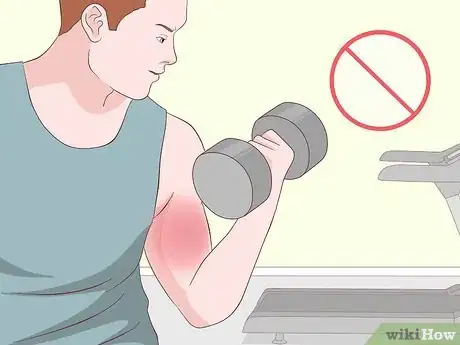
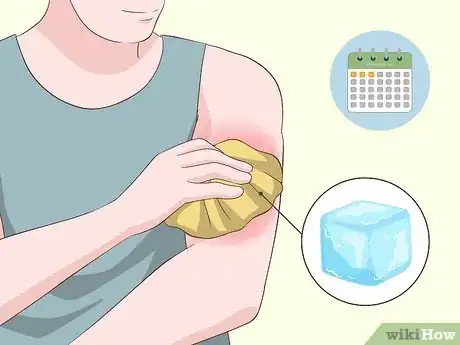
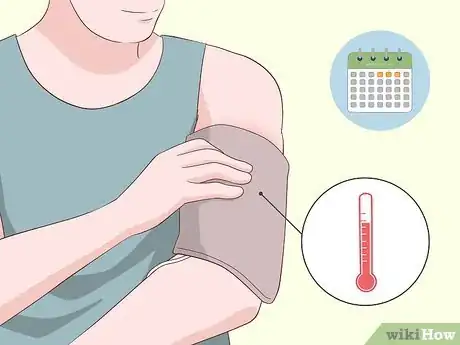

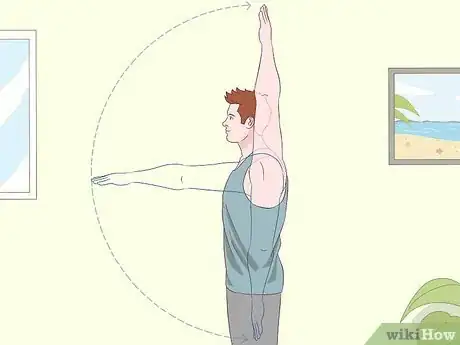
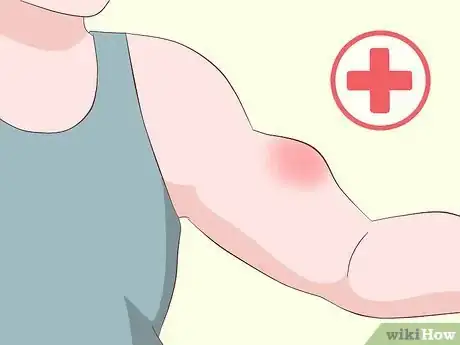


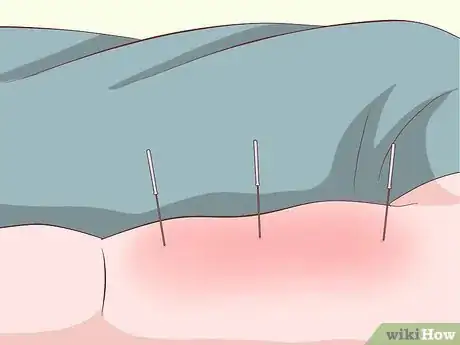


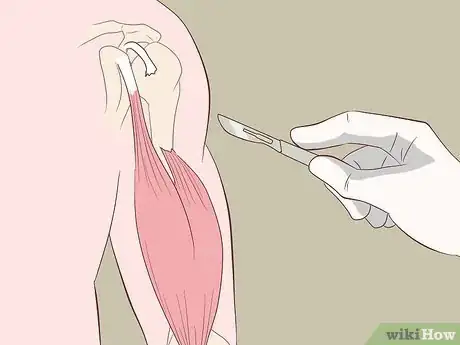
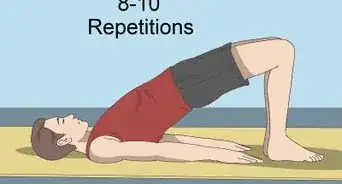
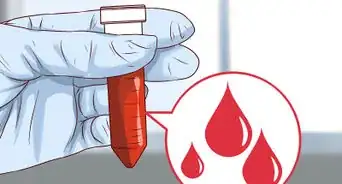
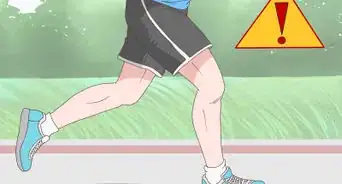
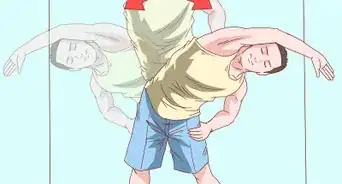

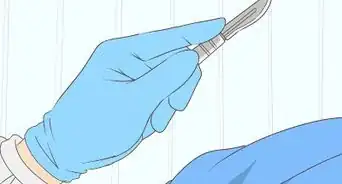
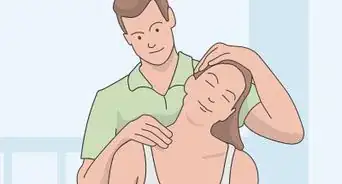


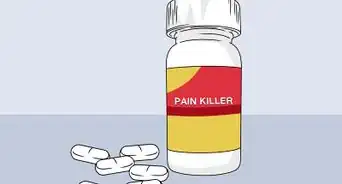







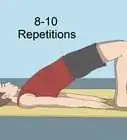
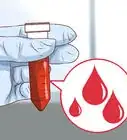

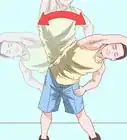



































Medical Disclaimer
The content of this article is not intended to be a substitute for professional medical advice, examination, diagnosis, or treatment. You should always contact your doctor or other qualified healthcare professional before starting, changing, or stopping any kind of health treatment.
Read More...